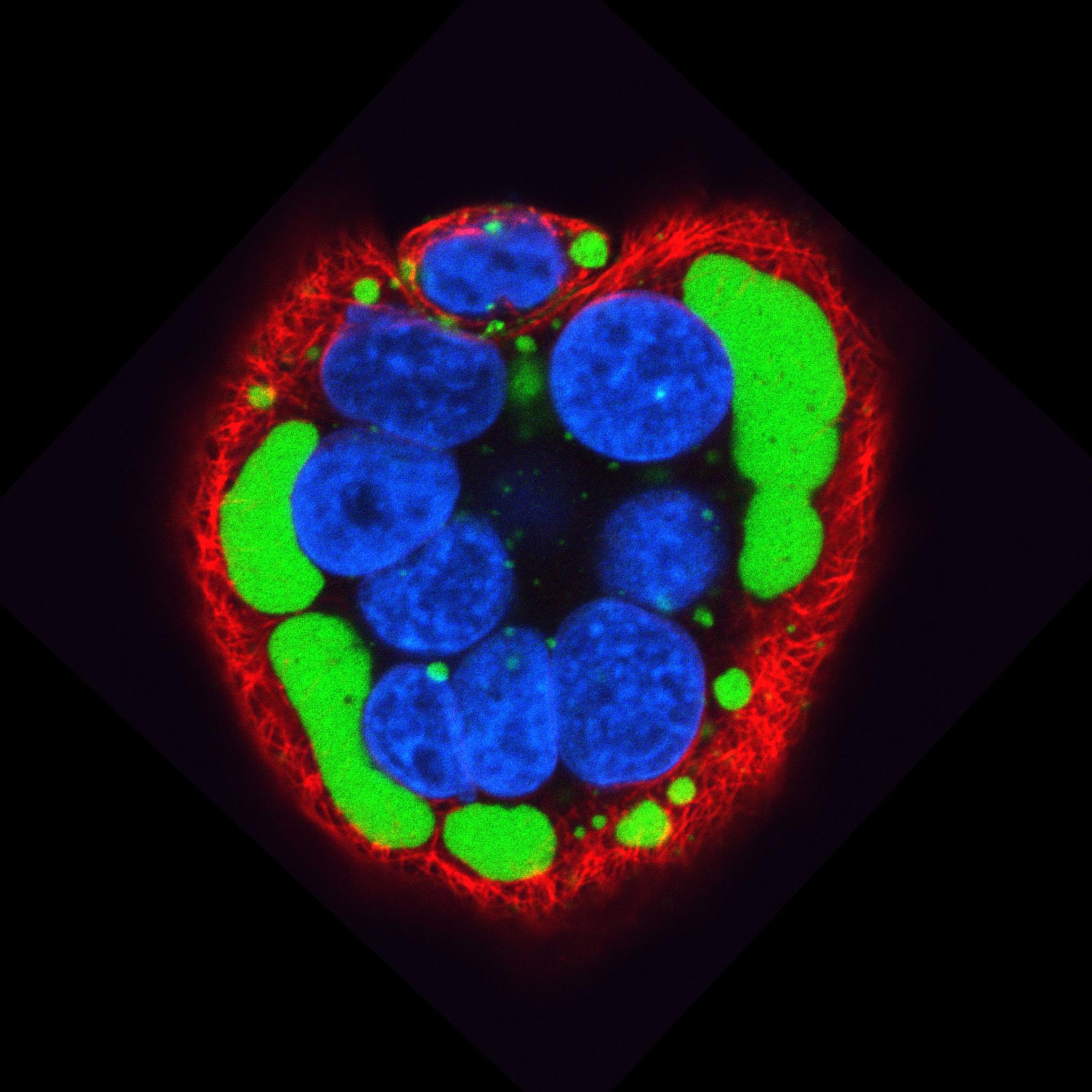Rinderpest eradication: challenges for remaining disease free and implications for future eradication efforts
In 2011, the World Organisation for Animal Health (OIE) and the Food and Agriculture Organization of the United Nations (FAO) declared global freedom from rinderpest, formally announcing that rinderpest virus infections had been eliminated from susceptible livestock populations. At the same time, it was recognised that rinderpest virus, and material containing rinderpest virus, remained stored in an unspecified number of facilities across the world. Although natural infections had been eliminated, there remained a risk that rinderpest could reoccur if such infectious material accidentally leaked or was intentionally released from one of these facilities into a susceptible animal population. To minimise this risk, the OIE and FAO, with the support of international partners, set in place a framework to: reduce the quantity of remaining rinderpest-virus-containing material; ensure that such material was only stored in high-security facilities; regulate any handling or manipulation of the virus; maintain vigilance amongst livestock keepers and Veterinary Services in the post-eradication era; and develop contingency plans to deal with any suspected or actual reoccurrence of rinderpest disease. In 2016, five years after the declaration of global freedom from rinderpest, official reports to the OIE show that virus and virus-containing material remain stored in 21 countries worldwide in 22 separate facilities, of which only five have been inspected and approved for holding rinderpest virus or vaccine. There is still much work to be done to further reduce the risk of a reoccurrence.
